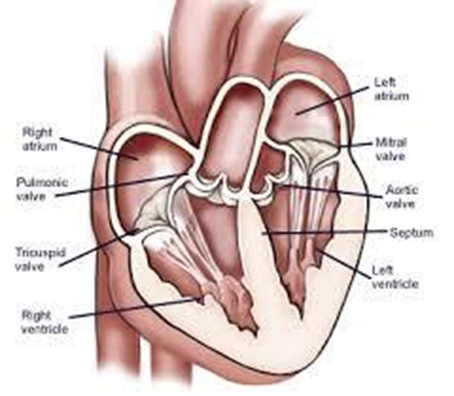Which of the following describes a characteristic of the plasma membrane?
The plasma membrane is composed of a bilayer of protein molecules.
The plasma membrane is selectively permeable.
The plasma membrane does not participate in cellular activities
The plasma membrane receptors are specialized lipids.
The Correct Answer is B
a. The plasma membrane is composed of a bilayer of protein molecules: This is incorrect. The plasma membrane is primarily composed of a bilayer of phospholipids, with proteins interspersed within this bilayer.
b. The plasma membrane is selectively permeable: This is correct. The plasma membrane regulates the entry and exit of substances, allowing certain molecules to pass while restricting others.
c. The plasma membrane does not participate in cellular activities: This is incorrect. The plasma membrane is actively involved in various cellular activities, including signaling, transport, and maintaining homeostasis.
d. The plasma membrane receptors are specialized lipids: This is incorrect. Receptors on the plasma membrane are typically proteins, not lipids, which are involved in signal transduction and cellular communication.
Nursing Test Bank
Naxlex Comprehensive Predictor Exams
Related Questions
Correct Answer is B
Explanation
a. Pulmonary: The pulmonary valve separates the right ventricle from the pulmonary artery, which carries blood to the lungs.
b. Atrioventricular: The heart has four chambers: two upper atria and two lower ventricles. The atrioventricular valves (AV valves), also known as tricuspid and mitral valves, separate the atria from the ventricles and prevent blood from flowing backward from the ventricles to the atria.

c. Semilunar: Semilunar valves (aortic and pulmonary) are located at the base of the aorta and pulmonary artery, preventing blood from flowing back into the ventricles.
d. Aortic: The aortic valve separates the left ventricle from the aorta, the main artery carrying blood away from the heart to the body.
Correct Answer is B
Explanation
a. Buffering mechanism of kidneys and sodium bicarbonate: The buffering mechanism and sodium bicarbonate are involved in pH regulation, not directly in sodium and water balance.
b. Aldosterone and renin excretion: Correct. Aldosterone, a hormone produced by the adrenal cortex, and renin, an enzyme secreted by the kidneys, play crucial roles in regulating sodium and water balance.
c. Production of glucocorticoids and reabsorption of glucose: Glucocorticoids are involved in stress responses and metabolism, while glucose reabsorption relates to energy balance, not specifically sodium and water balance.
d. Intestinal absorption and retention of water: While intestinal absorption is important for overall fluid balance, it is not the primary regulatory mechanism for sodium and water balance in the body, which is primarily controlled by renal and endocrine factors.
Whether you are a student looking to ace your exams or a practicing nurse seeking to enhance your expertise , our nursing education contents will empower you with the confidence and competence to make a difference in the lives of patients and become a respected leader in the healthcare field.
Visit Naxlex, invest in your future and unlock endless possibilities with our unparalleled nursing education contents today
Report Wrong Answer on the Current Question
Do you disagree with the answer? If yes, what is your expected answer? Explain.
Kindly be descriptive with the issue you are facing.
